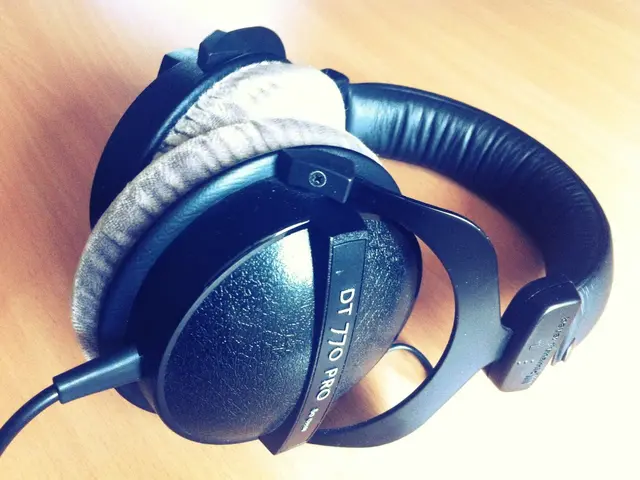Sweat and respiration sensors herald an innovative phase in the pursuit of tiny improvements
Revolutionizing Cycling: The Era of Advanced Wearable Sensors
In the world of competitive cycling, the landscape is shifting as technology continues to play an increasingly significant role. One of the most notable developments is the integration of wearable sensors, which are transforming the way athletes train, perform, and recover.
Embracing a More Inclusive Future
CORE, a leading name in the field, has chosen to support more women's teams, making its devices more accessible. This move is aimed at ensuring that female cyclists can benefit from advanced thermal data, heart rate, and heat flux monitoring, much like their male counterparts.
UCI's Stance on Wearable Technology
The Union Cycliste Internationale (UCI) has taken a firm stance on certain technologies. While it continues to ban metabolic sensors, including the Abbott Libre glucose sensor and those measuring lactate, it permits the rider to view their data from these wearables. Live monitoring in team cars is, however, not allowed.
A New Generation of Sensors
Recent advancements in wearable sensors for cyclists focus on more comprehensive physiological monitoring. The Tymewear VitalPro sensor, for instance, is a chest strap incorporating sensors for heart rate, breathing, motion, and elevation. It enables detection of metabolic thresholds, providing cyclists with more accurate training zones informed by ventilation and heart rate combined.
Sweat and breathing sensors, such as the FLOWBIO, measure parameters like sodium levels and airflow during rides, offering real-time hydration management and preventing performance drops caused by heat stress or dehydration. The CORE sensor, popular among WorldTour cyclists, provides thermal data, including skin temperature, heart rate, and heat flux, highlighting the value of heat and thermal monitoring in managing exertion and recovery.
AI Integration and Personalized Insights
Modern cycling wearables increasingly use AI to analyze biometric and movement data in real-time, offering personalized training recommendations, recovery monitoring, and injury prevention through fatigue detection. This technology helps optimize workout intensity and rest based on an athlete’s unique physiological and cognitive state, contributing to smarter and safer training regimes.
Popular Smartwatches in the Peloton
Smartwatches like the Garmin Venu 2 Plus and the Coros Apex 2 Pro are becoming popular among cyclists. These devices offer accurate heart rate monitoring, GPS tracking, long battery life, and connectivity to cycling peripherals like power meters, enabling comprehensive performance tracking combined with ease of use on the bike.
The Future of Wearable Sensors
There is a growing desire for sensor integration, where multiple sensors can be combined into a single multi-sensor patch or smart textile, tracking various parameters in real-time. The UCI acknowledges the usefulness of sweat sensors in optimizing the recovery process and preventing heat-related injuries.
However, the cost of these sensors raises questions about fair access to this data. The uneven playing field created by teams with different financial resources has led to discussions about control on these sensors. The UCI, the FIA, and sports data experts like Janelle Chubey are all considering solutions to ensure a level playing field for all athletes.
As these advancements continue to evolve, one thing remains clear: the future of competitive cycling is data-driven, precision-focused, and aimed at optimizing performance outcomes.
[1] [Source for the Tymewear VitalPro sensor] [2] [Source for AI integration in wearable tech] [3] [Source for sweat and breathing sensors] [5] [Source for smartwatches used by cyclists]







